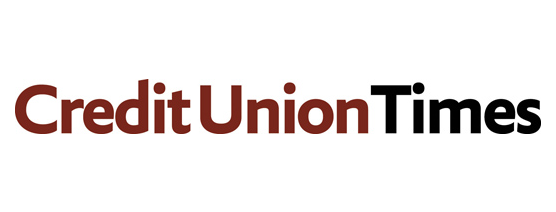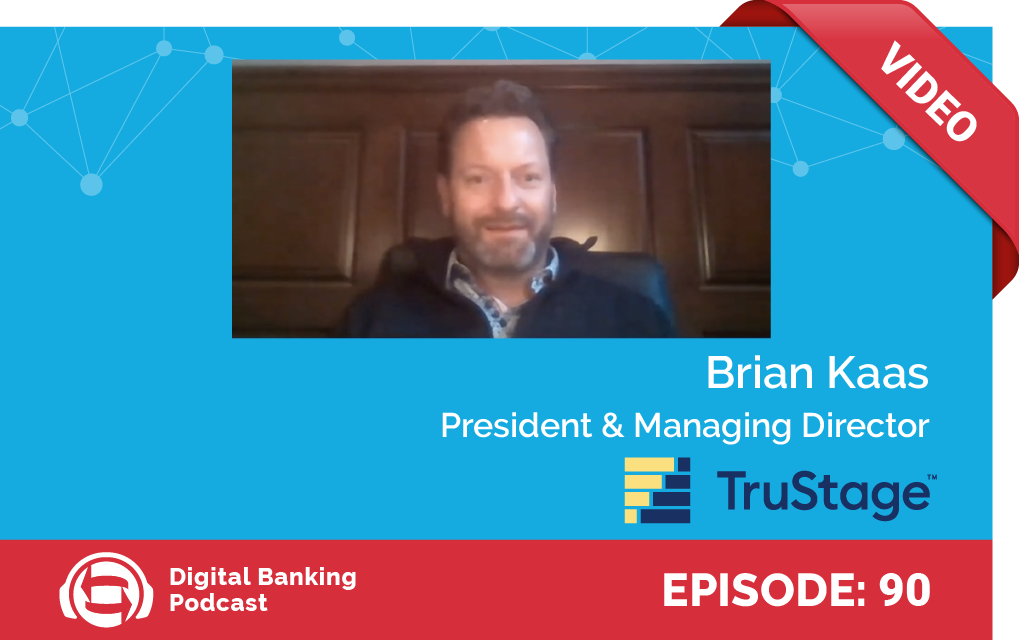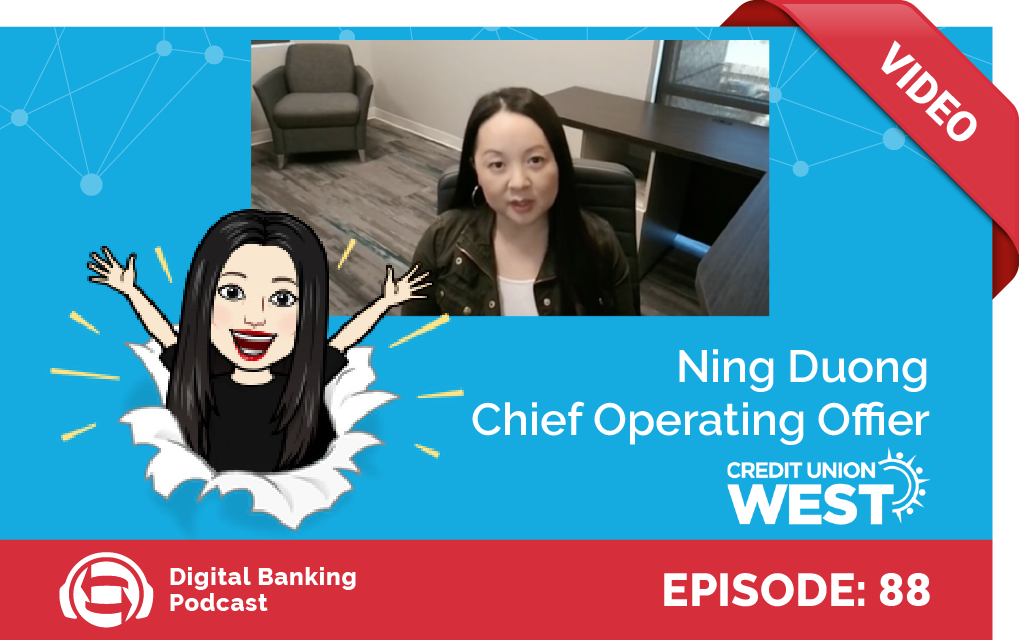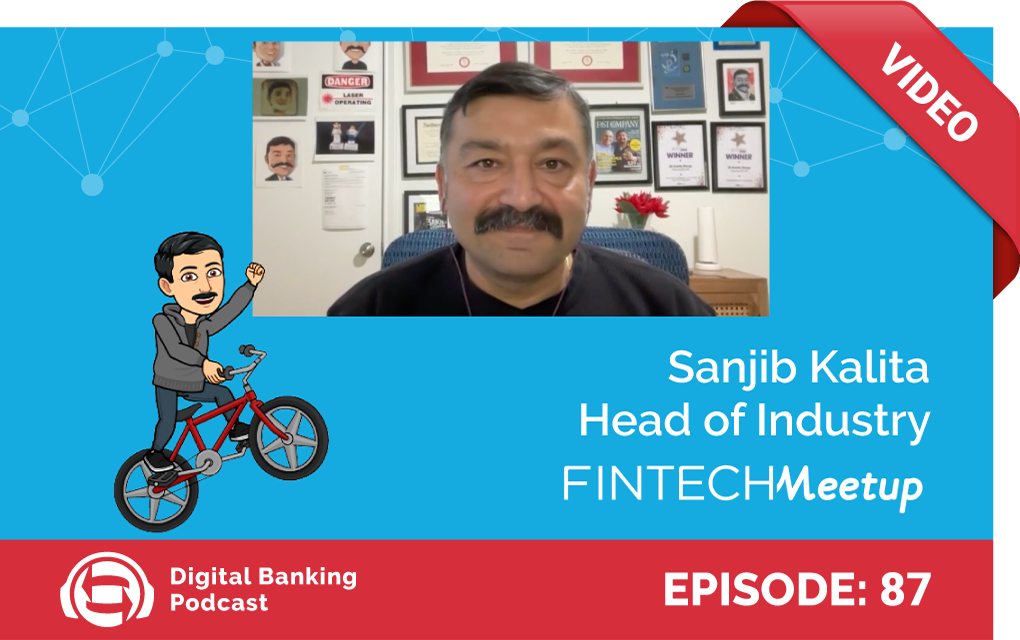COVID-19’s Impact on Credit Unions and Industry Professionals
LISTEN NOW
EPISODE: 04


Natasha Chilingerian
Episode Summary
The abrupt cancellation of in-person industry gatherings has resulted in “a year of lost connections,” says Natasha Chilingerian, Credit Union Times’ Executive Editor.
A self-proclaimed grammar nerd who deals with words daily, Natasha has managed the news site’s print magazine and website content for the past five years. Even though she’s worked remotely for seven years, there are plenty of new learning curves to navigate in light of COVID-19 — namely, the inability to connect with a community.
While the number of virtual events this year has increased to simulate the connectedness of in-person learning and networking, Natasha says it’s not the same. The chance to travel and explore new places with others “creates bonding and builds relationships with different colleagues you work with.”
Without that, what connects us now is how much more human we allow each other to be.
In this episode of the Digital Banking podcast, Natasha shares her thoughts on the sustainability of virtual events — plus, what we’ve learned about them since the onset of COVID-19. She provides insight on the post-pandemic future of remote work for credit unions, how we can balance schedules and availability (hint: flexibility is key!) and how to create boundaries between work and home.
Hear Natasha’s thoughts on these topics and more, like the actual timeline of converting to digital banking and her take on the role of physical credit union branches in a digitized landscape.
Key Insights
⚡ The key to virtual events? Keep things short. “You can’t go on as long as a normal conference would go in real life,” says Natasha, because unlike real life, people can’t take breaks or explore their surroundings. Remember that Zoom fatigue is real, so cut your four-hour webinar down to two.
⚡ For many remote workers, the boundaries between being “at home” versus “at work” have been erased. To end your neverending shift, try Natasha’s suggestion: Create an evening routine made up of relaxing activities that aren’t related to work and that you can do at home to step back into your personal space.
⚡ COVID-19 has humanized us, and we might be even better teammates because of it. “We’re all dealing with the same crisis at the same time, obviously in very different ways, depending on our situation, but it still brought us together,” reminds Natasha.
Episode Highlights
On being a trade publication for credit union executives
“We have a print magazine twice a month, and then we have a daily news website. Our tagline is ‘trusted news for credit union leaders;’ it’s a trade publication for credit union executives. The topics we cover [include] digital banking, online mobile banking, payment platforms, core systems that credit unions use. The other key areas would be regulation compliance, lending, marketing, cybercrime, fraud and community news. We like to think of ourselves as a top resource for credit unions looking to do their jobs better, looking to improve their strategies.”
Missed connections — what virtual events can’t replicate
“You can log onto a webinar, the speakers can be great, they can give you some great content; it can be great for the purpose of just learning. … But there’s no running into someone in the hallway or chatting at the hotel bar, or going out for dinner. There’s something about getting to travel to a destination and explore that place, then share that experience with other people.
It creates bonding and it builds relationships with different colleagues you work with. There’s really no easy solution for this situation because it wouldn’t be safe or smart to hold it in person, but it’s also not going to be fantastic to hold it virtually.”
The real turnaround time for core conversion plans
“I know a lot of credit unions and other organizations have said for years, ‘No, a remote policy is not going to work. We’re working on it, but it’s a two- to three-year plan.’ … They made it sound like this impossible thing, then COVID hit and it’s, ‘Oh, we did it in a weekend!’ It really showed that it wasn’t that it couldn’t be done, it wasn’t that it would take several years — it showed that it wasn’t a priority and maybe they were making some excuses for why it wasn’t getting done. Then, it also showed what they’re capable of accomplishing when put under pressure. And that can apply to a lot of things, not just going to remote work.”
Remote work has an adaptable learning curve for a team of any level
“I’ve heard from several credit unions that are going to let a part of their staff continue working remotely or a hybrid of onsite and remote work, even after the pandemic is over. Because they find, ‘Hey, this is actually not that bad. I don’t need to be looking over someone’s shoulder to make sure they’re working all day.’ There are definitely some learning curves for the remote work side as well. I think one of them is making sure you can trust your employees to do their work. And it’s not all about showing up and being in your seat at 8 a.m. [Being there] doesn’t necessarily mean you’re producing good work. … It’s not about, ‘Oh, I’m here physically.’ It’s about, ‘What quality of work am I producing? What am I actually putting out there?’”
The new normal: remote work communication etiquette
“I think the key is staying flexible. Some of the credit unions we’ve heard from that talked about the challenges of going to remote work is they have to realize … people have kids at home or elderly parents they’re caring for. You have to just put that first and be flexible in responses with projects and timelines on things to a degree.”
How pandemic-prompted risks may have evolved credit union culture
“The whole topic of diversity, equity and inclusion (DEI), second to COVID, has been one of the biggest issues we’re dealing with this year, with all of the racial injustice and all of the protests going on. In that sense, credit unions have definitely stepped up and been more proactive [by] having a DEI strategy in their credit union and culture, hiring a director of DEI, those types of things. … I don’t know if DEI is a result of that or if it’s just because of the climate we’re in; it could be a combination of both. But that’s one area I’ve definitely seen them step up on a lot.”
With everything digitized, does the physical branch still matter?
“When this started, I thought, ‘Gosh, are branches just going to go away completely?’ But it sounds like [credit unions] really aren’t willing to give up on that branch model right now at all. I haven’t heard that really happening. And I know branches were important to credit unions prior to the pandemic because one thing that makes credit unions stand apart is being able to provide a real personalized service and build a relationship with the member — and a lot of that happens in person. … What’s been a really important part of the credit union strategy is being part of the community and having that physical presence in a community. So as of now, they’re still pushing forward on that.”
Guest At A Glance

Natasha is Executive Editor at Credit Union Times, a news publication dedicated to keeping credit union leaders and investment professionals up to date. As Executive Editor, she oversees the production of print magazines, newsletters, columns, and more.











